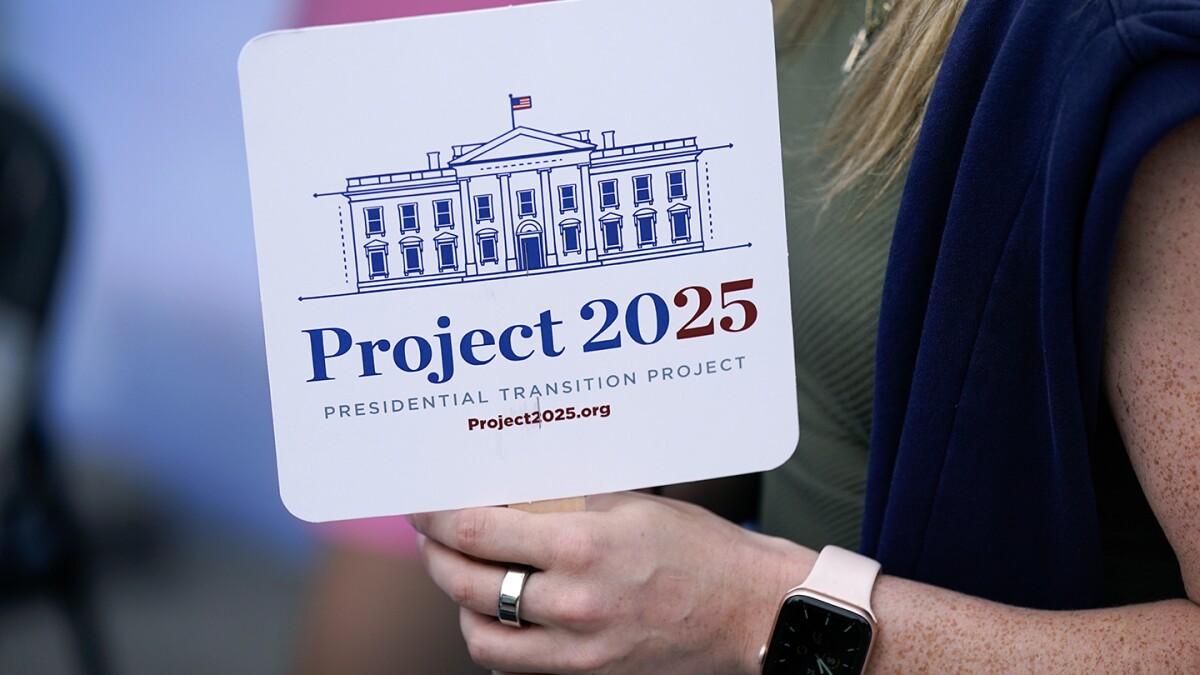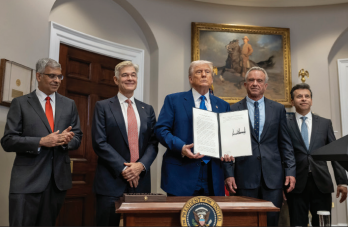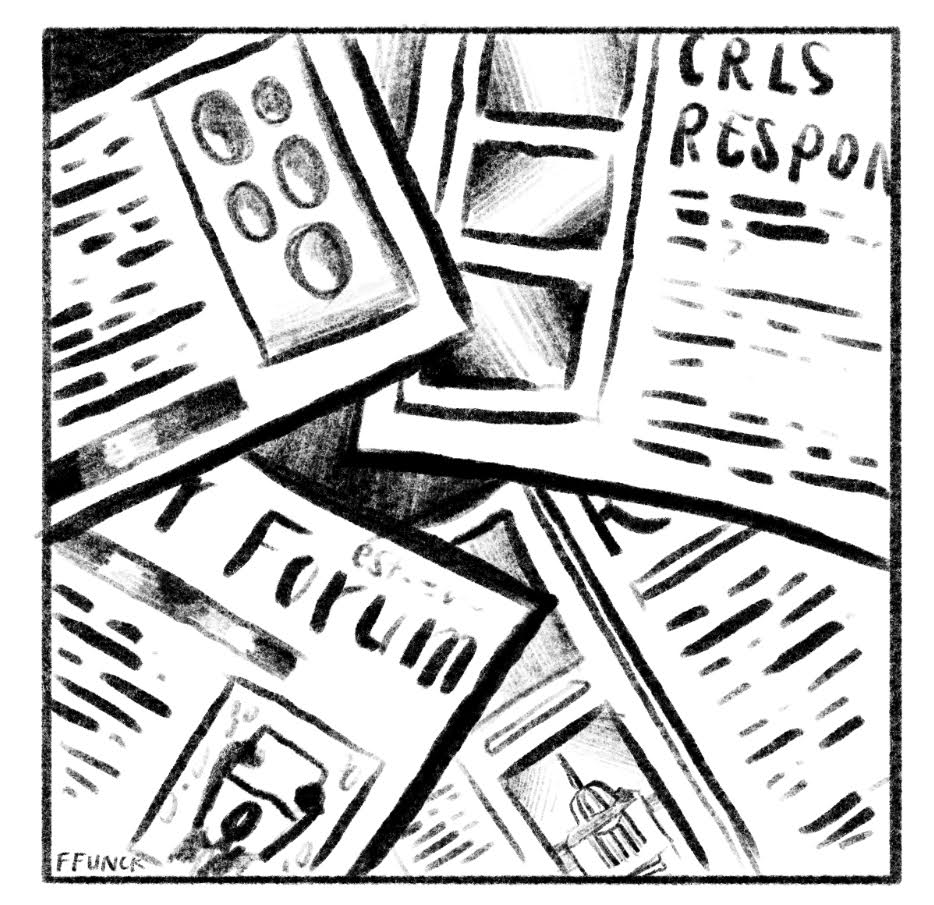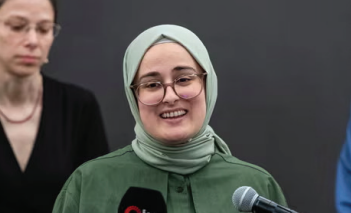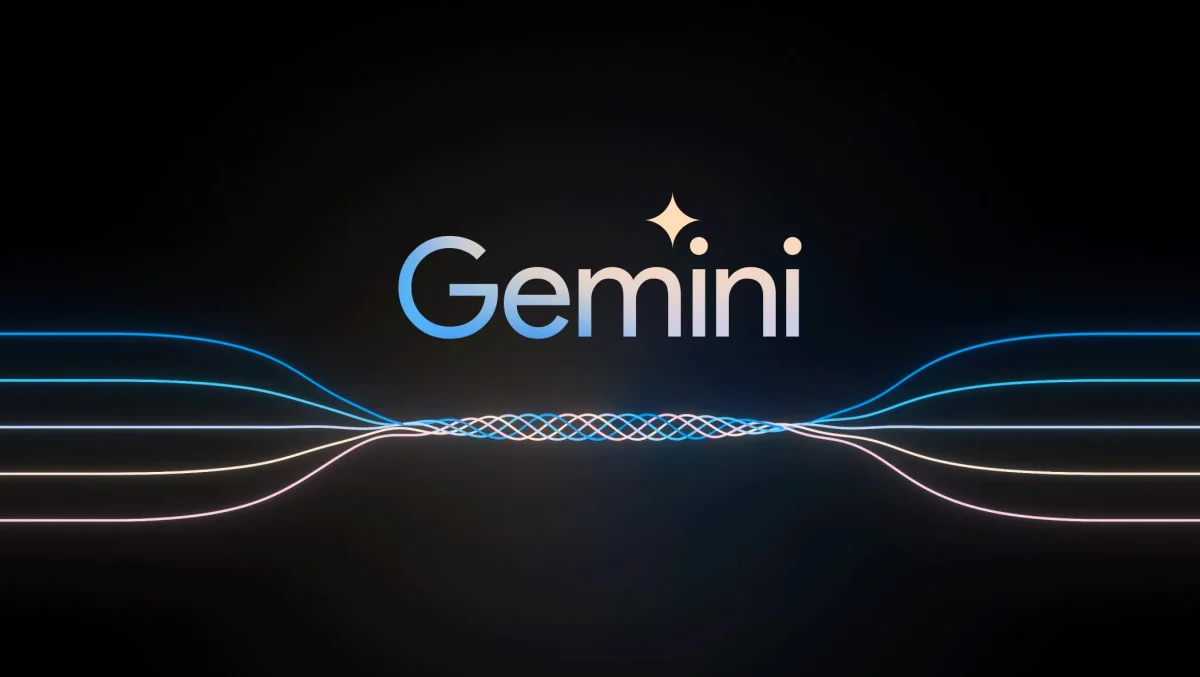The term “Project 2025” has been thrown around headlines the past few weeks. But what exactly is Project 2025?
Project 2025 is a radical presidential transition project published in 2023 by a coalition of think tanks, headed by the ultraconservative Heritage Foundation. The Heritage Foundation website lists seven policy goals: empower parents to make education choices, secure America’s borders and reduce crime, ensure free and fair elections, reverse the growth of regulations, spending, and inflation, counter the threat of communism, hold Big Tech accountable, and banning abortion. Despite being linked to Donald Trump by Kamala Harris, Tim Waltz, and numerous others, specifically at the Democratic National Convention, the project is not officially connected to Trump. However, at least 140 previous workers in his administration contributed to the project.
The project consists of four pillars: a 922 page manifesto outlining sweeping changes across education, economics, healthcare, foreign policy, and more, a curated list of “loyal” candidates to fill over 4,000 federal roles by replacing those not aligned with conservative views, a training academy to raise up administrative workers to push conservative agenda, and a rapid execution plan to implement drastic policy shifts for the first 180 days.
On tax reform, the writers suggest a transition to a two-rate individual tax system that reduces tax brackets to just two: a 15% tax up to about $168,000 and 30% for anything higher. It also calls for reductions and repeals of corporate taxes and for the US to withdraw from both the World Bank and the IMF. There are opposing views on whether “fair trade,” which sets prices on onshore production, or “free trade” should be adopted.
Another chapter, written by Lindsey M. Burke, calls for the dissolution of the Department of Education, following the projects’ overall commitment to shrinking the massive bureaucracy and shifting education policy back to the states. This chapter provides an outline for school choice that allows students to use public funding that they would receive otherwise for education options besides public school. Seventeen states currently implement some sort of an Education Savings Account (ESA) system, determining account amounts based on per-student spending averages. The money can be used for things like private school, tutoring, textbooks, etc., as long as the student does not attend the public school system. In a study conducted by the Cato Institute, a libertarian think tank, school choice was found to have both benefits and drawbacks, with neither clearly outweighing the other.
Other policy areas include offshore oil drilling expansion, foreign affairs, cuts to Medicaid and Medicare, the criminalization of pornography, cracking down on undocumented immigrants with a mass deportation, and curtailed access to contraceptives and abortion.
While Project 2025 has received significant backlash and negative media coverage for very controversial policies for a potential second administration under Trump’s authority, it highlights the ongoing debate over the direction of American politics in the coming years.
This article also appears in our September 2024 print edition.

